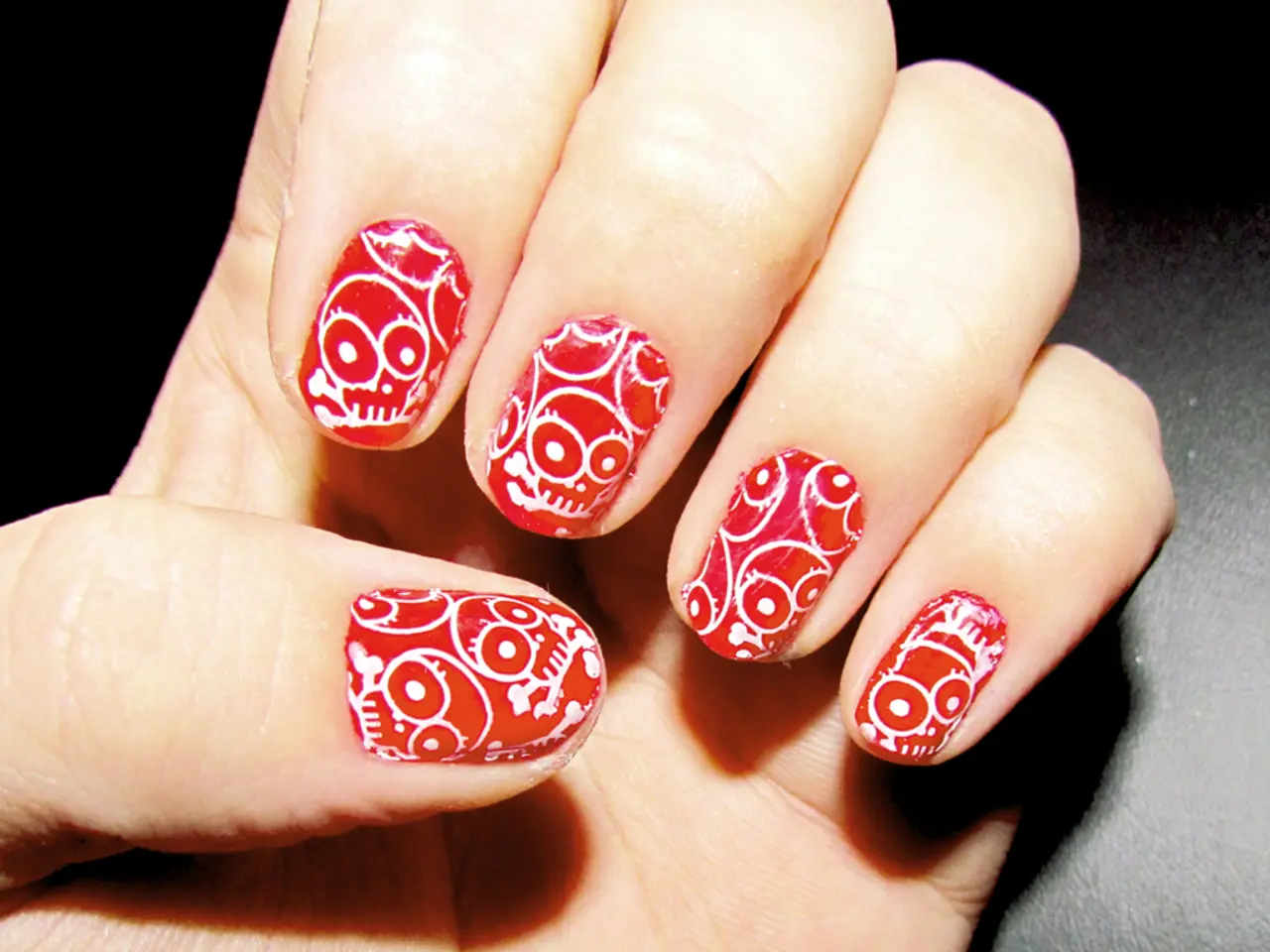Solutions for Persons Trying to Quit Nail Biting Habit
Nail biting, also known as onychophagia, is a common habit that affects around 30% of children aged 3-21 years. This body-focused repetitive behavior (BFRB) can lead to various complications, including gastrointestinal infections, skin infections, dental problems, and altered appearance of the nails.
Understanding and managing onychophagia requires a multi-faceted approach. Effective treatment options primarily involve behavioral therapies, habit reversal techniques, physical barriers, and sometimes pharmacological support for underlying conditions like anxiety or ADHD.
Habit Reversal Training (HRT) is a well-supported behavioral therapy that involves increasing awareness of nail biting, identifying triggers, and replacing the behavior with a healthier action. Cognitive-behavioral therapy (CBT) can help manage underlying stress, anxiety, or boredom that triggers nail biting. Supportive care like counseling and stress management may be combined with behavioral techniques.
Physical deterrents, such as applying bitter-tasting nail polishes or coatings, wearing gloves or bandages, and using acrylic nails or nail enhancements as barriers, can also discourage nail biting. For individuals with ADHD, replacing nail biting with healthier sensory or motor activities can be effective. Managing ADHD symptoms with appropriate medical or behavioral interventions further supports habit control.
Pharmacological treatment may be considered if anxiety or obsessive-compulsive disorder (OCD) coexists and triggers nail biting. However, this should be guided by a healthcare professional.
Maintaining good nail hygiene and moisturizing nails to prevent brittleness is important to reduce damage and discourage biting. Identifying and diagnosing onychophagia can be difficult, and many doctors do not routinely ask about or examine nail biting, suggesting that a person may need to bring onychophagia to their doctor's attention.
Temporomandibular joint dysfunction and teeth root reabsorption can result from repetitive biting, highlighting the importance of managing this habit. Onychophagia is often associated with various psychiatric conditions, including obsessive-compulsive disorder (OCD), attention deficit hyperactivity disorder (ADHD), oppositional defiant disorder (ODD), separation anxiety disorder, and Tourette syndrome.
A multidisciplinary treatment approach, involving psychologists, dermatologists, or pediatricians specialized in behavioral health, can improve outcomes. The American Academy of Dermatology Association suggests strategies such as keeping nails short, getting regular manicures, covering nails with tape or stickers, applying bitter nail polish, replacing the behavior with another activity, identifying triggers, and trying to stop gradually.
Other strategies to help treat and manage onychophagia include applying olive oil, functional analysis, habit reversal therapy, and pharmacotherapy (such as selective serotonin reuptake inhibitors or SSRIs). Gastrointestinal infections can occur from swallowing bits of the nails, underscoring the need for effective management.
While onychophagia is common in children, it can continue into adulthood. By understanding the complexities of this habit and employing a comprehensive treatment approach, individuals can successfully manage and overcome onychophagia.
- Oral health complications, such as dental problems, can arise from nail biting, highlighting the importance of managing this habit.
- In addition to behavioral therapies, habit reversal techniques, and physical barriers, pharmacological treatments like selective serotonin reuptake inhibitors (SSRIs) may be used to address underlying conditions like anxiety or OCD that trigger nail biting.
- Skin care, including nail hygiene and moisturizing nails to prevent brittleness, is essential in reducing damage and discouraging biting.
- A collaborative approach featuring psychologists, dermatologists, or pediatricians with expertise in behavioral health can enhance treatment outcomes for onychophagia.
- Mental health issues, such as OCD, ADHD, and Tourette syndrome, are often associated with onychophagia, making it crucial to address these conditions in the treatment process.




